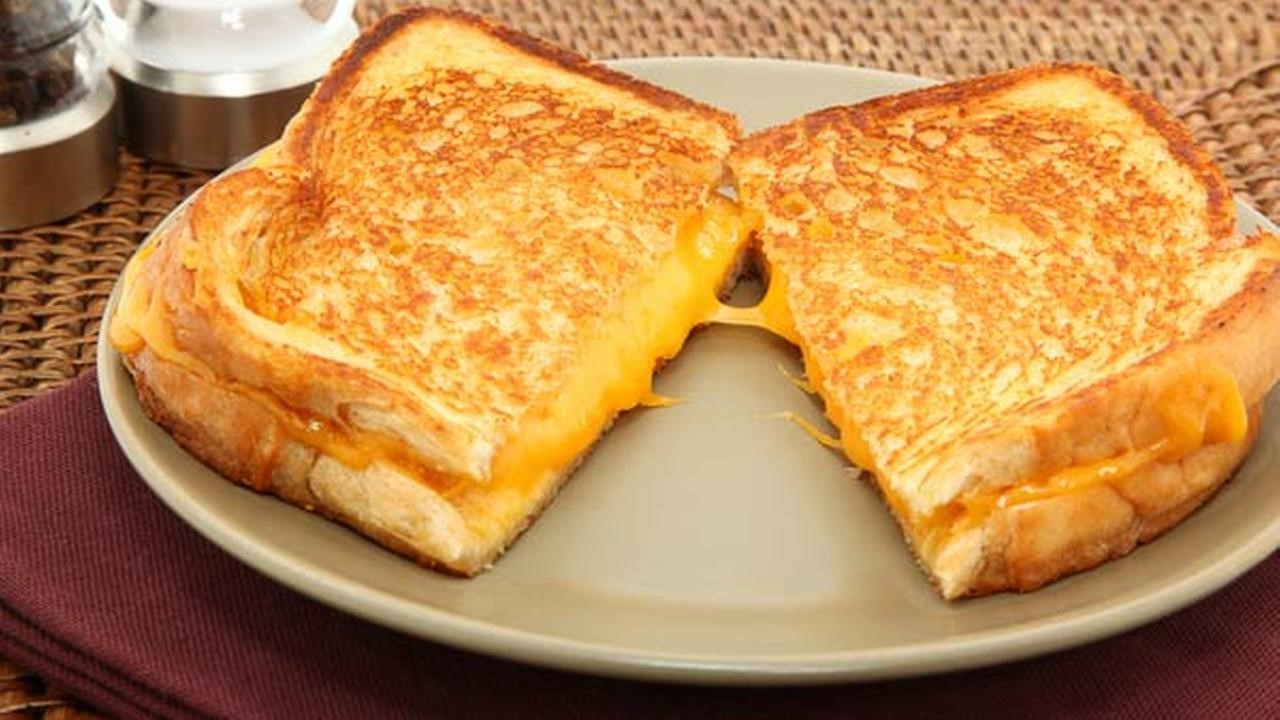National Grilled Cheese Day
The Science of the Perfect Grilled Cheese Sandwich
April 12, 2019 is National Grilled Cheese Day. Technically, it was the ancient Romans who started serving bread and cheese together. The grilled cheese sandwich of today is a modern concoction which involved the invention of the bread slicer and modern American cheese. So, National Grilled Cheese Day is seated in science. In honor of that, here is some cheesy food science.
Nothing matches the allure of melty cheese pulling away from two perfectly toasted slices of bread. Our culture is obsessed with grilled cheese sandwiches, so much so that people have reinvented it by adding their favorite ingredients. Add those tater tots, macaroni and cheese, or spice it up with hot peppers or even buffalo chicken. Making a grilled cheese sandwich is a testament to cheese itself.
There are many different types of cheese that can be used for a grilled cheese sandwich, though one needs a cheese that stretches when heated. The chemistry of the grilled cheese sandwich starts with how cheese is made, a process that begins with taking milk and making curds. Milk is composed of 90% water, casein and whey proteins, carbohydrates called lactose, calcium and fats. The stretch ability of the cheese depends on one thing: how a cheese’s casein proteins lump together into micelles. Micelles are spherical lipid molecules that are bound together by calcium and contain a large amount of fat. These micelles are negatively charged on their surface, and, as such, will not stick together. To make curds, bacteria, enzymes and rennet are added to milk. The bacteria convert lactose into lactic acid and the rennet helps speed up the reaction. The chemical reaction here lowers the PH level, which negates the micelles negative charge. This allows the micelles to bond together and trap water content. Now the whey and excess moisture are drained off. The curds are then heated, bathed in salt water, pressed together and are left to age. The longer a cheese ages the more the lactose is converted to lactic acid which lowers its pH level. The lower the pH level the sharper the cheese flavor will become. Obtaining that perfect pH level is essential. That perfect pH level for a grilled cheese sandwich is between a 5.3 to 5.5. This is the pH level of Cheddar, Gouda and Manchego. At this pH level proteins and fats can interact and make everything flow together into the perfect grilled cheese sandwich.
 American cheese for many is their favorite choice when creating a grilled cheese sandwich. American cheese is made by melting together two or more cheeses and then adding an emulsifier like sodium phosphate or potassium phosphate. The result is a cheese that has a pH level of about 5.8, which is close to the perfect pH level.
American cheese for many is their favorite choice when creating a grilled cheese sandwich. American cheese is made by melting together two or more cheeses and then adding an emulsifier like sodium phosphate or potassium phosphate. The result is a cheese that has a pH level of about 5.8, which is close to the perfect pH level.
So, pick your cheese and start grilling up that perfect Grilled Cheese sandwich in honor of National Grilled Cheese Day.
This article was inspired by the book
The Kitchen as Laboratory: Reflections on the Science of Food and Cooking (Arts and Traditions of the Table: Perspectives on Culinary History) by Cesar Vega (Editor), Job Ubbink (Editor), Erik van der Linden (Editor).












